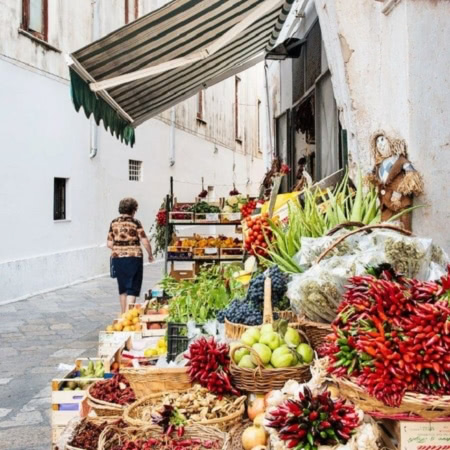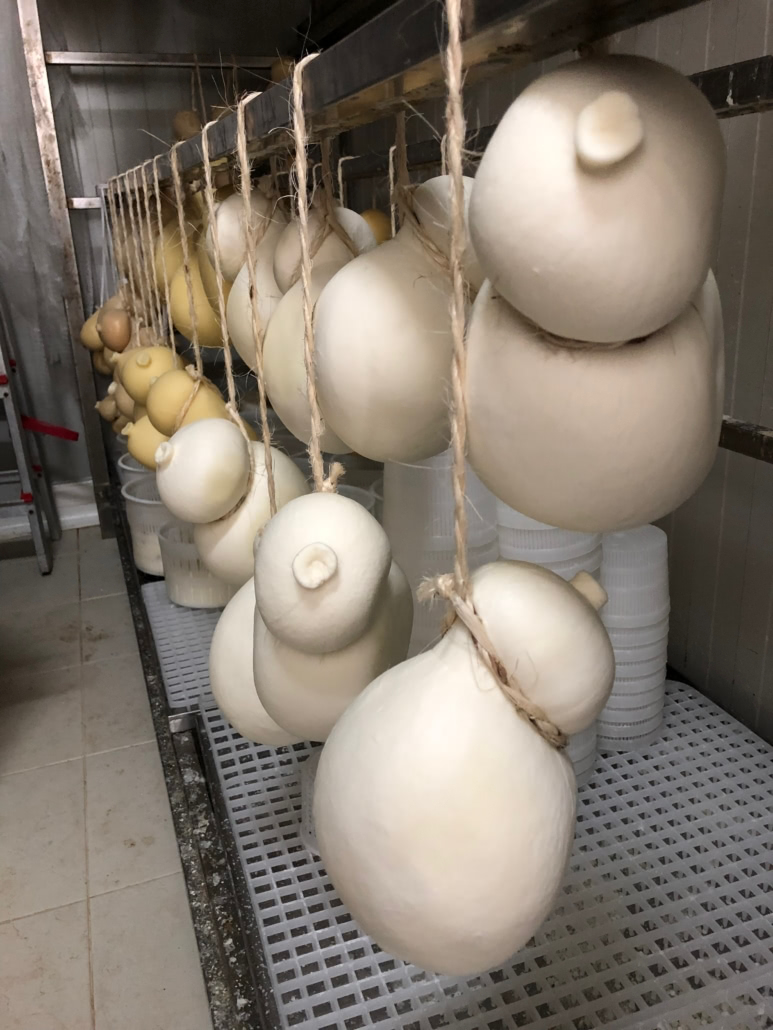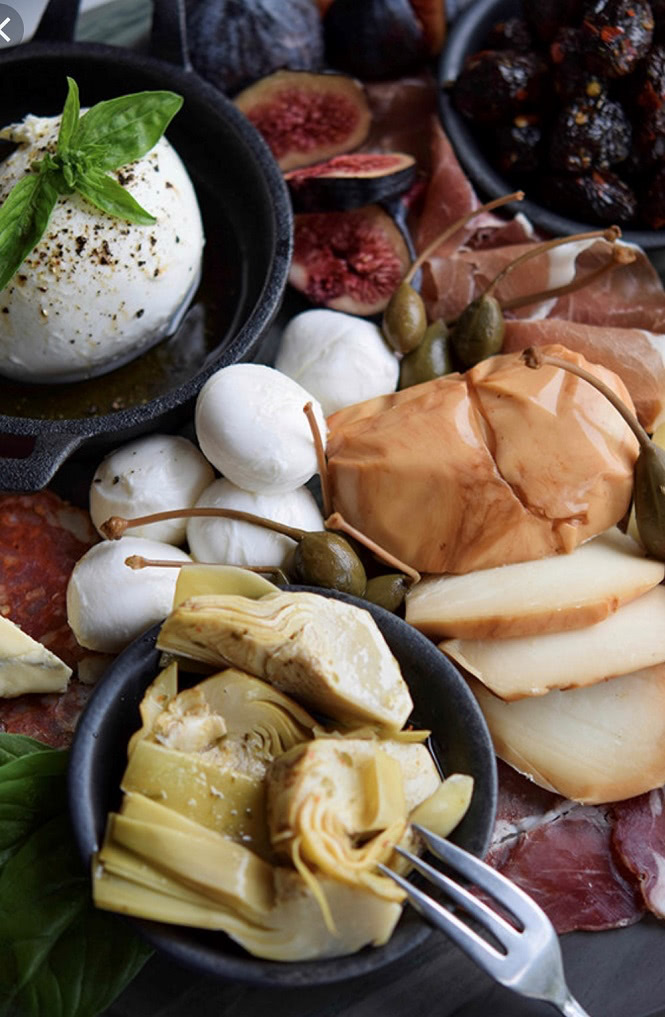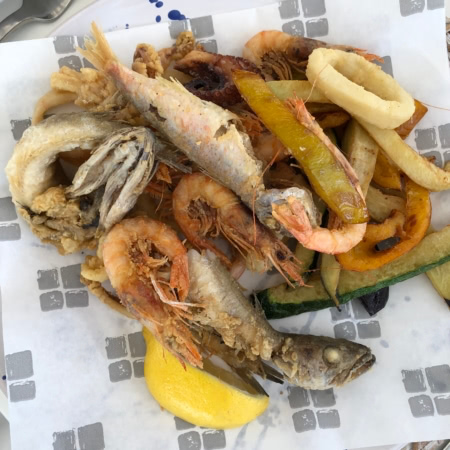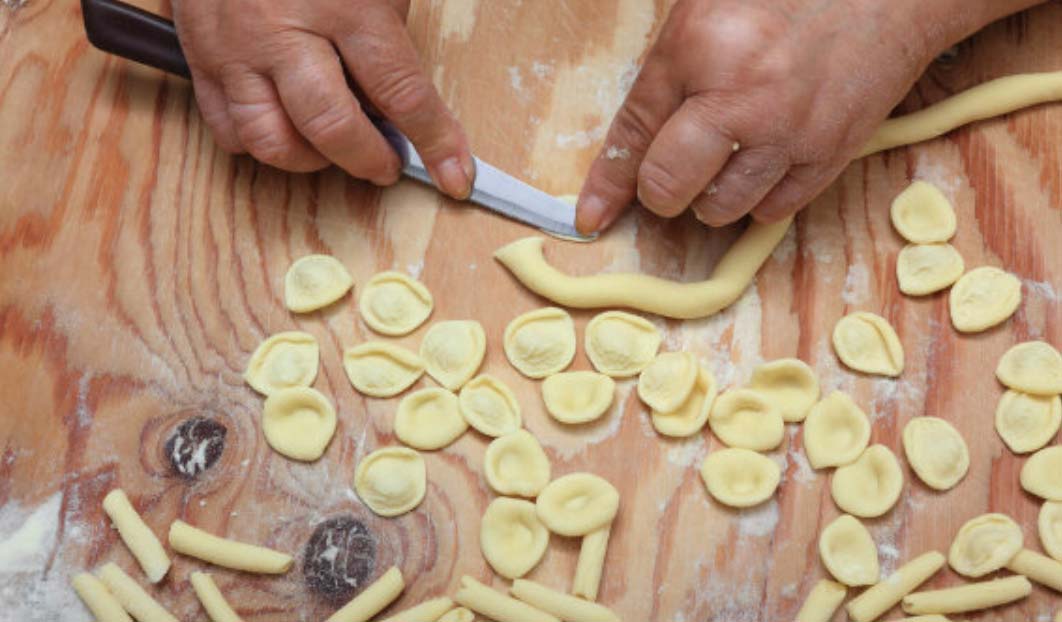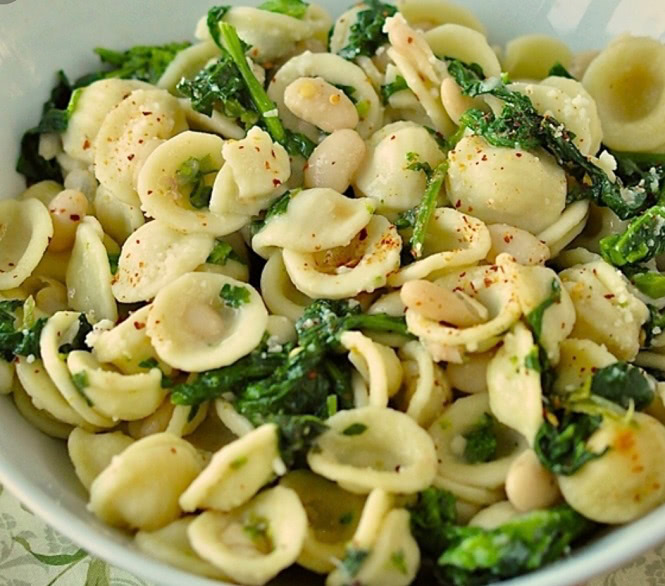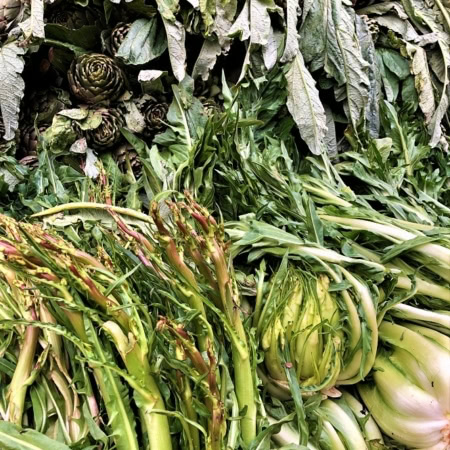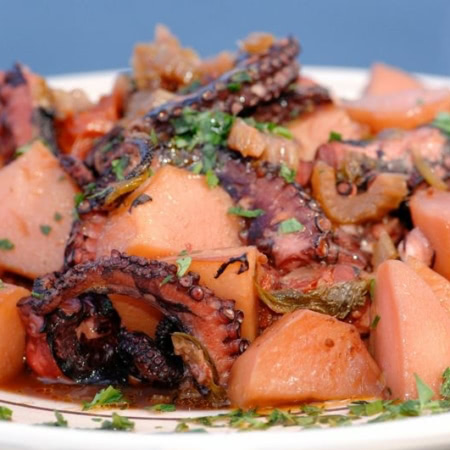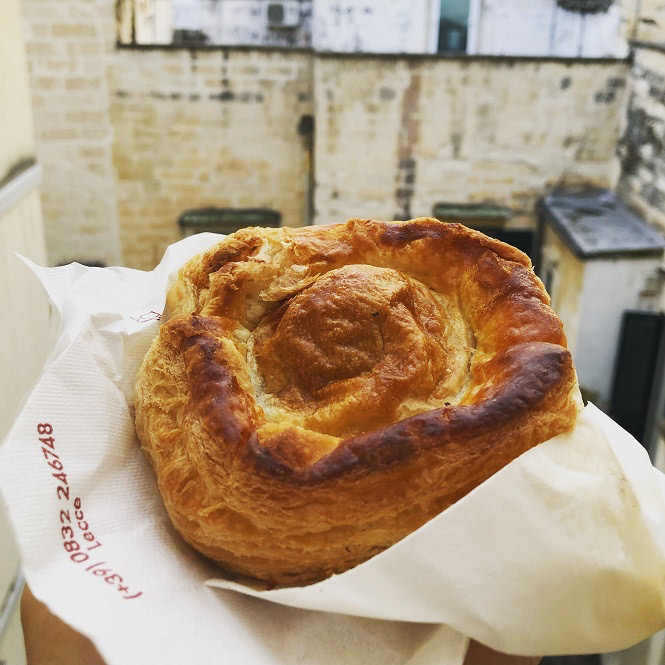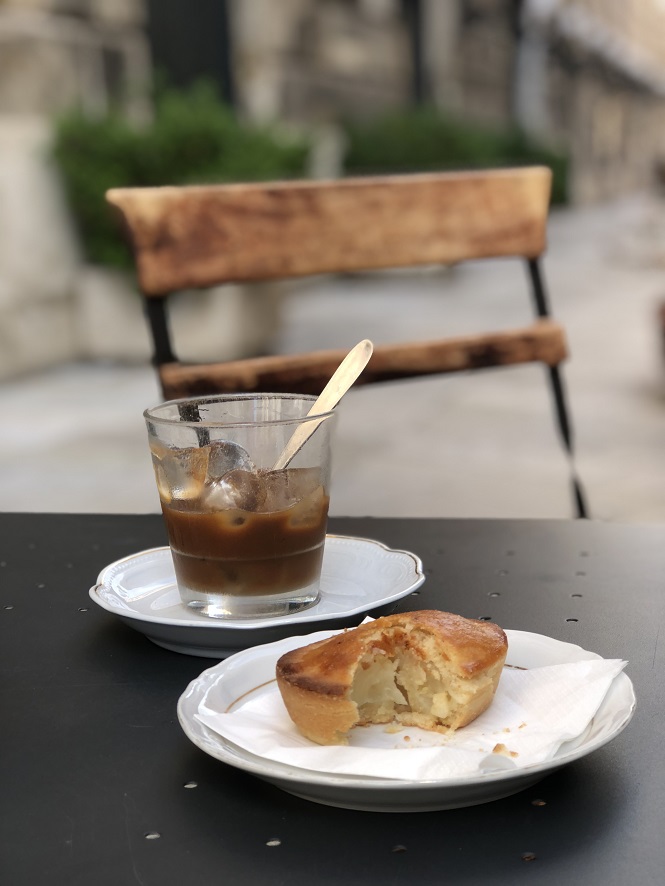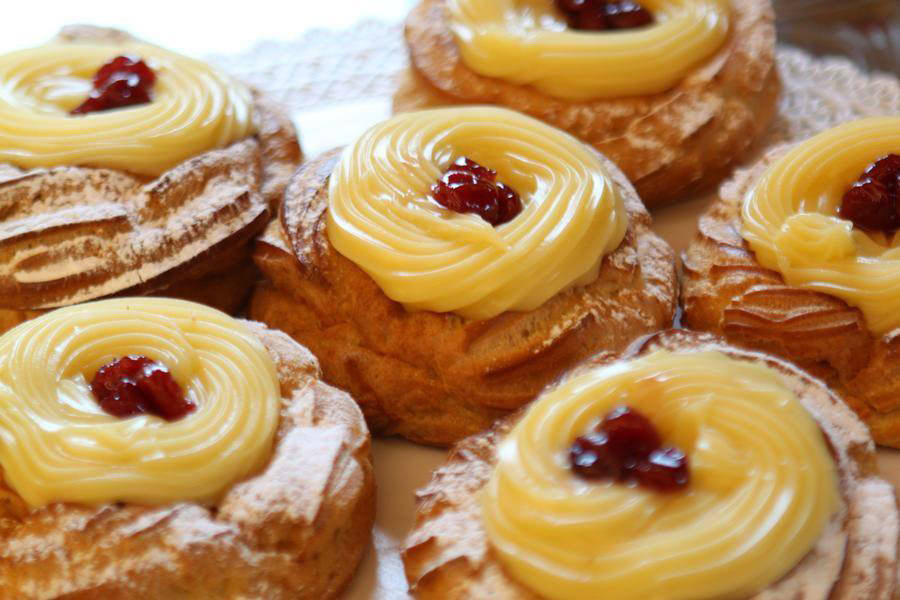Understanding the Hand Gestures of Italians
0 Comments/in Blog/by Dominique RizzoThe Other Italian Language

Sicily is known for its unique culture and traditions, and one aspect of this culture is the use of hand gestures, or “gesture language,” in communication. The Italian language is not only renowned for its melodic words but also for the hand gestures that accompany them. About 250 hand gestures have been identified and are used by Italians on a daily basis. Naturally, the question arises: where does this unique custom come from?
Theories suggest that the iconic hand gestures are a result of a long history of Italy being invaded by many nations that imposed their languages, cultures and mannerisms. From the Ancient Greek colonization along the Mediterranean coast to subsequent invasions by the Carolingians, Normans, Visigoths, Arabs and Germans, these hand gestures developed as a means of communication among people with no common language – and have stuck around ever since.
There is a vast variety of hand gestures, but here are the top 8 recommendations which may come in handy when you want to add emphasis to what you are communicating in Italian. Some of the most commonly used Sicilian hand gestures include:
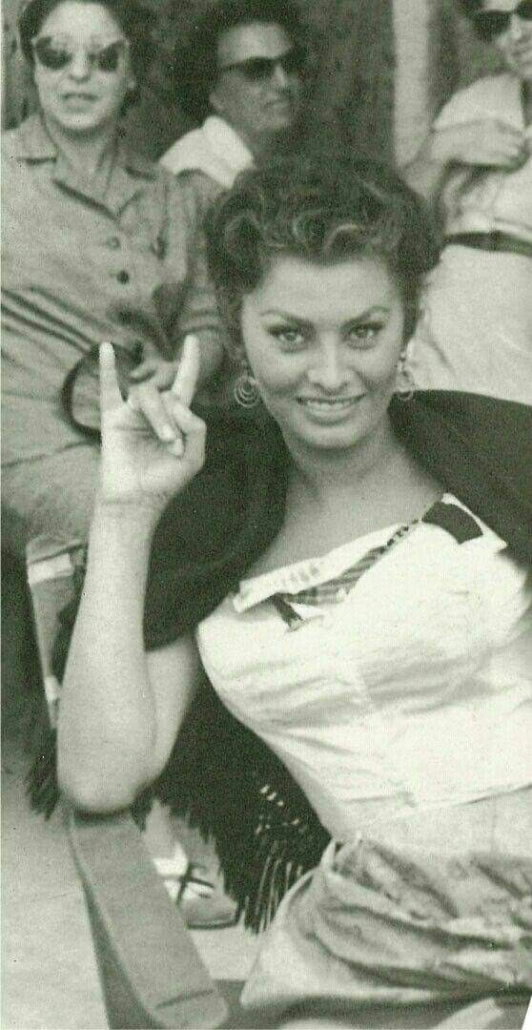

“THE CORNUTO” (also known as the “malocchio”):It is used to ward off the “evil eye” or as an insult meaning “cuckold.”
ACTION – This gesture involves forming a fist with the thumb sticking out between the index and middle fingers.
NUN SINNI PARRA – It can not be done
Literally it translates as ‘don’t even mention it’, something that absolutely can not be considered. When a Sicilian is not quite willing to do something, the issue should not be mentioned in front of him, or the reactions can be unpredictable. It is something that totally upsets the person who is listening.
ACTION – The Sicilian shows this mood by putting the high part of the hand folded between the chin and the neck and then moving it forward.
TANTICCHIA – A BIT
Generally the gesture is accompanied by a sad expression, in order to emphasize the contrast between the lack and the desire of abundance.
ACTION – The thumb and middle finger touch each other to express a serious lack of something.
SI TI PIGGHIU! – If I catch you!
During your trip to Sicily you will often hear a mother screaming this sentence to his son suggesting dire consequences. Literally it translates as ‘If I catch you’, and it is a sort of reaction to something negative that has been committed by someone and has to be punished somehow.
ACTION – To represent the threat, Sicilians place the entire hand, inside the mouth, between the teeth, after finishing the sentence.
ACCURA – BEWARE / OCCHIO (“WATCH OUT”)
Literally translated as ‘beware’, in the sense of ‘keep your eyes open’, This is a warning gesture, meaning ‘STAI ATTENTO’, “beware” or “watch out”. It is a real invitation to pay special attention, as an apparently peaceful situation could turn into something bad or because something could turn out to be disadvantageous.
ACTION – It is performed by lightly placing the index tip on the cheekbone under the eye and pulling slightly to open up the eye a little wider.
BONU – APPETIZING
With this gesture Sicilians indicate that something is appetizing in terms of taste or sight.
ACTION – The index is at the center of the cheek and makes some swinging movements, pushing on the skin.
‘NZE/ NONZI – NO
And finally here is one of the most popular features in the world, the way in which the Sicilians raise their heads upwards, producing a sound that may be transcribed with ‘nze’ to say no to something.
NON MI INTERESSA (“I DON’T CARE”)
One of the most famous gestures, the so-called “chin flick” means “Non mi interessa!” – I don’t care.
ACTION – This is formed by flicking the back of one’s fingers under the chin.
L’OMBRELLO (“ABSOLUTELY NOT!”)
L’ombrello (“the umbrella”) is a common gesture which mimics hanging an umbrella on a hook. This is a “colourful” (and rather rude) way to tell people to get lost if they ask for huge favours, like borrowing money. Considered uncouth.
COSÌ COSÌ (SO AND SO)
This gesture is used to communicate when something hasn’t quite hit the mark. If you are asked whether you like a meal, a movie or anything else, and you are quite unimpressed this is a great non-verbal way to express it.
ACTION – It is performed by alternatively turning the hand palm up and palm down.
MA VA VA (“GET LOST”)
It’s commonly used, and once the irony of the gesture is mastered, feel free to deploy it at will! But be warned, it can turn nasty – particularly when the swinging arm looks as if it’s about to turn into a slap.
ACTION – This usually involves an outstretched arm that is chopped up and down, the message is unequivocal: “Get lost.”
SI VABBE’! (“YEAH, RIGHT!”)
This mocking gesture is used to express mistrust in someone who is exaggerating or making up a story.
ACTION – It involves the movement of the forearm in circles accompanied by raised eyebrows and bottom jaw slightly pulled down.
MI STAI QUI (“I CAN’T STAND YOU”)
It simply means: “I can’t stand you.”
ACTION – While this gesture involves a forearm held horizontally against the stomach, it’s neither a gesture expressing hunger nor an invitation to lunch.
CHE CAPOLAVORO! (“WHAT A MASTERPIECE!”)
Last but not least is the gesture which has become the symbol of Italian-level quality. This is the best way to show appreciation when words aren’t enough. Usually used in relation to food, it can be used in any context expressing appreciation for a true masterpiece, or as the Italians would say – UN VERO CAPOLAVORO!
ACTION -When someone puts their 5 fingertips together and brings them to their mouth for a symbolic kiss you know you have outdone yourself.
Check out the videos below for more on Italian Hand gestures and their meanings.
Love what you have read and want to experience Sicily? Click here for details of my 14 Day Sicilian Tour travelling in 2024



